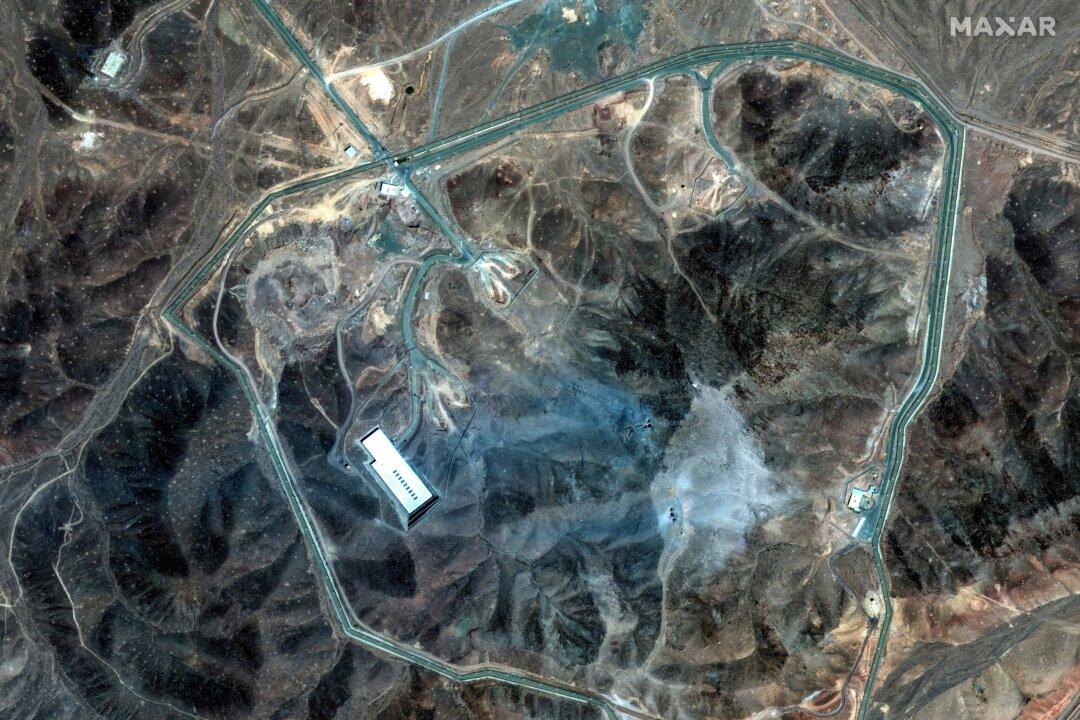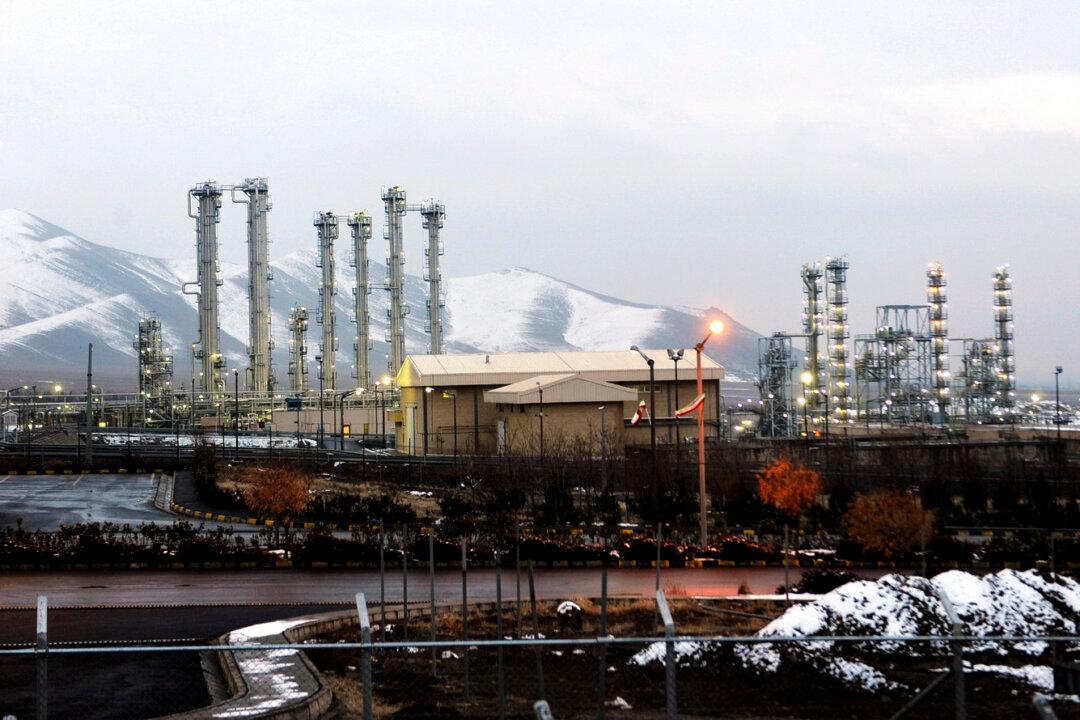A long-range Ukrainian attack on multiple strategic air bases throughout Russia could have profound significance for ongoing cease-fire negotiations and the trajectory of the war.
More Than a Year of Planning
The attack on Russia’s strategic air fleets took a year and a half to plan and set in place, and involved smuggling more than 100 first-person view drones into Russia across multiple time zones.During that time, Ukraine’s Security Service hid the drones and their high-explosive payloads in the roofs of wooden sheds, which were then carried by trucks throughout Russia.
On June 1, the roofs of those sheds were lifted off by a remote mechanism, allowing the drones to fly out and strike at their targets simultaneously despite their distance from one another.
Zelenskyy said 117 drones were used in the operation, which struck targets at four military airfields and caused significant damage to Russia’s fleet of air missile carriers.
The attack, he said, was coordinated by Ukrainian intelligence agents working inside Russia, and included strikes against bombers stationed more than 2,500 miles from Ukraine.
Speaking at an event in Washington on June 2, Gen. Randy George, U.S. Army chief of staff, said the attack demonstrated the ever-changing character of war and the outsized impact that widely available commercial technologies will have on future battlefields.
That was true both of the drones used in the attack, he said, and the methods used to spread videos of the attack in near real time.
“I think [the attack] was a really good example of just how quickly technology is changing the battlefield,” George said.
“We all knew about that within a matter of minutes. Everything was out there in the open source.”

Russian Long-Range Bombers Targeted
Notably, while Ukrainian forces leveraged dozens of cheap, commercial-first drones, their targets were highly expensive aircraft that are vital to Russia’s nuclear defense strategy.Aircraft targeted included the Tupolev Tu-95, a four-engine turboprop aircraft designed in the 1950s to compete with the United States’ B-52 bomber; the Tupolev Tu-22M, a shorter-range bomber capable of reaching the United States with in-flight refueling; and the Beriev A-50, an early warning command and control plane used to coordinate Russian air attacks.
Ukrainian officials said the operation damaged or destroyed 41 strategic aircraft, valued at about $7 billion and accounting for roughly one-third of Moscow’s strategic bomber fleet.
Russia has contested those figures and said several planes were struck at the bases, while some drones were successfully repelled.
The Epoch Times was unable to independently verify the claims of either Kyiv or Moscow.
What is certain is that Russia has been dealt a blow from which it could take years to fully recover.
That is because the Tu-95 and Tu-22M have not been manufactured since the Cold War, and therefore cannot be replaced until the Russian military manufactures a new nuclear bomber.
There are efforts to do just that, including a Russian program to modernize and fly new versions of the Tu-95 bomber, but it is unclear how quickly Moscow will be able to produce those aircraft at scale.

Implications for Geopolitics and the Future of War
George said the attack demonstrated the profound impact of new technologies on the cost curve, that is, the amount of money it takes for militaries to conduct research and development, make acquisitions, and then provide maintenance and carry out operations with any given weapons platform.The commercial-first drones used by Ukraine in the attack likely cost only several thousand dollars apiece to produce. One of Russia’s Tu-95 bombers, on the other hand, costs about $270 million to manufacture.
“Look at how cheap those systems were compared to what they took out,” George said.
The move is just the latest in Ukraine’s bid to leverage swarms of cheap and readily available technologies to battle an apparently more advanced military.
Kyiv has long sought to inflict costly losses on Russian forces by prioritizing expensive, hard-to-replace targets.
In April 2022, for example, Ukrainian forces sank the Moskva, the flagship of Russia’s Black Sea Fleet. Later that year and again in 2023, Ukrainian attacks damaged the Kerch Bridge, which links Russia to Crimea. In August 2024, Ukrainian forces launched a military incursion into Russia’s Kursk region, coming close to threatening one of Russia’s largest nuclear power plants.
Ukraine’s continued application of such tactics has likely sent Russia’s military-industrial apparatus into troubleshooting mode, as Moscow has relied on an older, much costlier method of war.
Also speaking in Washington on June 2, Gen. David Allvin, U.S. Air Force chief of staff, said leadership in Moscow was likely considering changes to its combat doctrine given the magnitude of its loss of strategic aircraft.
“Right now, I think that Russia is rethinking a lot of their approaches to defense because of this very cost-effective, asymmetric, but smartly done attack,” Allvin said.








